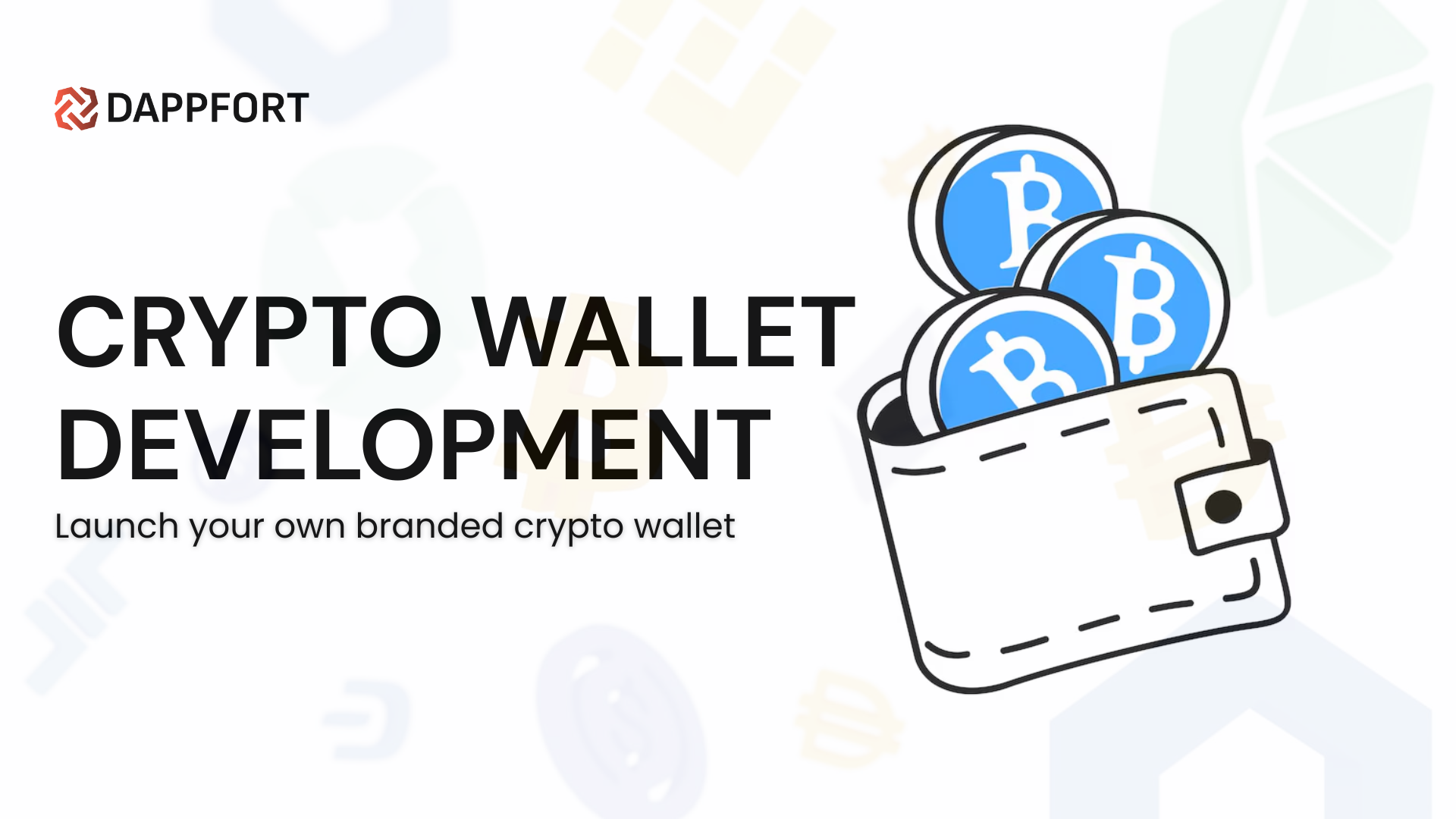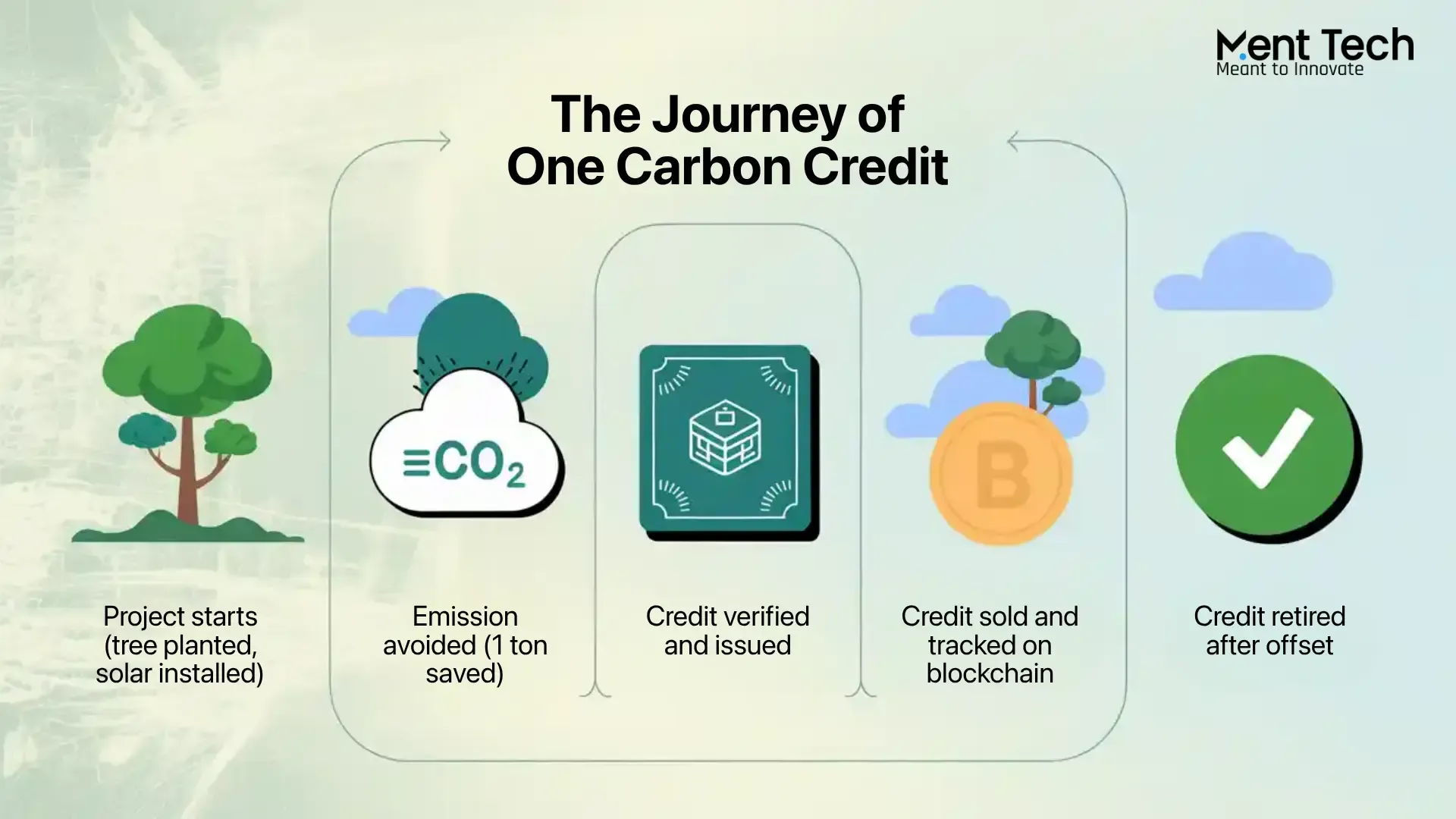Crypto Wallet Development: Foundational Element of Blockchain Ecosystem

Strong 8k brings an ultra-HD IPTV experience to your living room and your pocket.
As blockchain technology continues to reshape digital finance, crypto wallets have emerged as one of its most essential building blocks. These applications do far more than store cryptocurrencies—they empower users to interact with decentralized apps (dApps), manage NFT collections, sign smart contracts, and securely navigate the Web3 universe. For startups and enterprises looking to enter the crypto space, understanding how cryptocurrency wallet development works is a critical step in building trust and adoption.
✍️ The rise of DeFi is one of blockchain’s biggest success stories. Read our article on blockchain in decentralized finance to discover how traditional banking is being disrupted.
Why Crypto Wallets Are Vital in Web3?
Unlike traditional wallets, crypto wallets don’t store currency directly. Instead, they store private keys—secure digital credentials that give users control over their crypto assets on a blockchain. The surge in digital asset adoption has made crypto wallets indispensable for individual users, businesses, and entire decentralized ecosystems.
With the rise of decentralized finance (DeFi), gaming economies, and tokenized assets, wallets now serve as a gateway to a wide range of blockchain-based services. As a result, businesses looking to offer Web3 capabilities must either integrate existing wallets or develop custom solutions that align with their product strategy.
Types of Crypto Wallets
Crypto wallets come in several types, each with its own use case:
Hot Wallets: These are internet-connected wallets, ideal for real-time access and usability. Examples include browser extensions, web wallets, and mobile apps.
Cold Wallets: Offline wallets used for storing large amounts of crypto securely. Typically hardware-based or paper wallets.
Custodial Wallets: Managed by a third party, these are often integrated into exchanges or platforms where the service provider holds the user’s private keys.
Non-Custodial Wallets: These give users full control over their assets and private keys, commonly used in DeFi and dApp environments.
For product builders, selecting the right wallet type depends on their audience, security requirements, and integration needs.
Core Features of a Modern Crypto Wallet
Whether you’re creating a standalone wallet or embedding one into a platform, certain features are considered essential in today’s crypto environment:
Multi-Currency Support: Users now expect to hold and transact with multiple cryptocurrencies, from Bitcoin and Ethereum to ERC-20 tokens and NFTs.
Private Key Management: Secure storage and management of private keys using encrypted vaults or biometric access are crucial.
User Authentication: Two-factor authentication (2FA), face ID, and PIN protection add layers of security.
Cross-Chain Compatibility: Interoperability between blockchain networks is becoming increasingly important, especially for DeFi users.
dApp Browser Integration: In Web3 ecosystems, users often need direct access to decentralized applications.
Backup and Recovery: Mnemonic seed phrase support and secure backup options are must-haves to prevent permanent asset loss.
Technology Stack for Crypto Wallet Development
Building a crypto wallet involves several components across the frontend, backend, and blockchain layers. Common technologies include:
Frontend: React Native or Flutter (for mobile apps), React.js for web apps.
Backend: Node.js, Python, or Go for APIs and wallet logic.
Blockchain Interaction: Web3.js or Ethers.js for Ethereum-based chains, and native SDKs for other protocols like Solana or BNB Chain.
Security Tools: Hardware Security Modules (HSM), AES encryption, and regular smart contract audits for dApp-integrated wallets.
The development team must also consider wallet architecture, transaction broadcasting, gas fee optimization, and secure key generation techniques.
Security and Compliance Considerations
Security is the most important pillar of crypto wallet development. Frequent attack vectors include phishing, key theft, and rogue smart contracts. To mitigate risk:
- Implement end-to-end encryption for private keys and transaction data.
- Integrate trusted security libraries and standards like BIP-39 (for mnemonic phrases) and BIP-44 (for wallet path derivation).
- Use code obfuscation and jailbreak detection for mobile apps.
- Ensure compliance with regional data privacy laws (e.g., GDPR).
- Developers must also be prepared to handle audits, vulnerability assessments, and compliance frameworks, particularly if the wallet integrates fiat on-ramps or custodial features.
The Growing Demand for Custom Wallet Solutions
While there are popular wallet providers in the market like MetaMask and Trust Wallet, more businesses are opting for custom wallet development. Reasons include:
- Branding and UX control
- Feature customization (e.g., staking, NFT display, multi-sig access)
- Deep integration with proprietary platforms or tokens
- Compliance and regulatory alignment
This is especially relevant for exchanges, DeFi platforms, NFT marketplaces, and Web3 gaming projects.
Conclusion
Crypto wallets are no longer just optional tools—they’re essential infrastructure in any blockchain-based offering. As demand for privacy, control, and decentralized access grows, building secure and scalable wallet solutions is becoming a priority across the Web3 landscape.
Whether you're creating a custom crypto wallet or a white label crypto wallet for your blockchain application, investing in solid wallet development companies like Dappfort is crucial for ensuring user trust and long-term product success.
Note: IndiBlogHub features both user-submitted and editorial content. We do not verify third-party contributions. Read our Disclaimer and Privacy Policyfor details.







